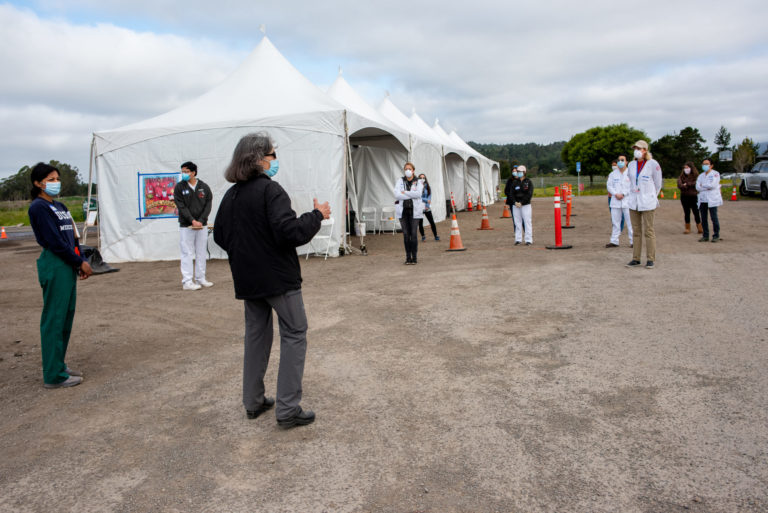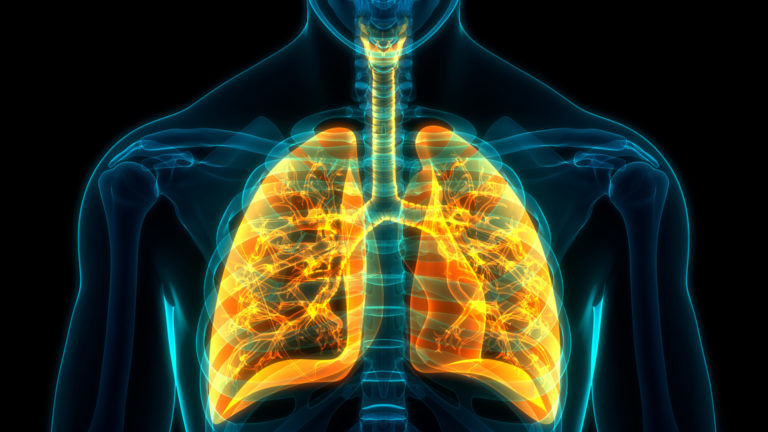Spellchecking for the Story of Life With CRISPR-Cas9 and Base, Prime Editors https://www.embs.org/pulse/wp-content/uploads/sites/13/2020/12/Banks.jpg 1000 640 IEEE Pulse //www.embs.org/pulse/wp-content/uploads/sites/13/2024/03/ieee-pulse-logo-dsktp2x.png
Just four letters—A, G, T, and C—make up the alphabet of the genome. It may seem simple, but a small difference in spelling can create mutations that result in life-threatening diseases. Gene variants that cause genetic diseases come in many varieties. Transition point mutations cause conditions such as progeria, the rapid aging disease. Transversion point mutations cause sickle-cell disease and other major disorders. Small insertions can cause Tay-Sachs, which stops nerves working properly and is usually fatal, and deletions can result in cystic fibrosis. read more











